Flotation fine sediments generally refers to the fine particle size less than 10 microns or less than 5 microns. Froth flotation is suitable for processing fine particles. But production practice shows that when the materials contain more fine sediments, the flotation process will be seriously deteriorated, and the flotation effect will be significantly reduced. The problem of two lows and two highs is common in production, that is, low concentrate grade, low recovery rate, high chemical consumption, high concentrate moisture, so the flotation of fine sediments has become one of the difficult problems in mineral processing research. This article will introduce the impact of fine sediments on the flotation process and solutions.

01 Influences of Fine Sediments on Flotation Process
The problem of fine sediments flotation is related to the physical and chemical properties of the fine sediments, which is mainly reflected in the following three aspects.
(1) Low Mass
Because of the small mass of fine mud, it is difficult to collide with bubbles. Even if it is in contact with bubbles, due to its low mass and momentum, it is difficult to overcome the hydration film between the fine mud and the bubbles, so it is difficult for the fine mud to adhere to the bubbles. However, fine mud is easy to stick to the surface of coarse particles, which inhibits the flotation of coarse particles and makes the selectivity of flotation process worse. However, slime mulching is not always bad. Slime mulching with the same composition does not affect its selectivity, but fine slime mulching with different minerals will destroy the effective flotation separation.
(2) Large Specific Surface Area
The specific surface area of the fine mud is larger, that is, the total surface area of the unit mass of the ore particles is larger. For example, when a cubic mineral particle with a side length of 1 millimeter is ground to 10 microns, its surface area increases 100 times. As the surface area is large, the amount of adsorbed reagent is large, which destroys the normality of flotation process and consumes a large number of flotation reagents.
(3) Large Specific Surface Energy
The specific surface energy of the fine mud is large, that is, there is a large amount of unsaturated surface bonding force on the surface of the fine sediments. The surface activity of the mud is very large, so the surface of the mud will adsorb a large amount of flotation reagent non-selectively. In addition to increasing the consumption of flotation reagent, it also makes it difficult to sort the sludge, which brings great difficulties to the selection, concentration and filtration operations.
02 Solutions
Fine sediments is divided into primary fine sediments and secondary fine sediments. Primary fine mud is the fine mud formed by natural weathering of minerals in the deposit, such as kaolin and clay. Secondary fine mud refers to the fine mud produced in the process of mining, handling, crushing and grinding. Generally, primary fine mud is more difficult to float than secondary fine mud. In order to reduce the harm of fine mud to flotation process, the secondary fine mud should be reduced as far as possible. In flotation process, in order to prevent the fine mud from deteriorating the flotation process and eliminate the harmful effects of the fine mud, the following three measures are often used.
(1) Add dispersant to reduce its impact when the fine mud is not too much
Generally, sodium silicate and sodium hexametaphosphate can be added to reduce the impact of fine mud. The dispersant is pure electrolyte, whose function is to increase the electric potential on the surface of fine mud. When the fine mud is close to each other, it repels each other due to the same electrical properties, preventing non-selective aggregation of the fine mud.
The method of adding dispersant is relatively simple and suitable for flotation of minerals with less mud. However, this method still cannot fundamentally solve the shortcomings of poor selectivity and large dosage of reagent caused by fine mud, so it is often necessary to strengthen the concentraction operation in production practice.
(2) Remove the fine mud before flotation
There are two main methods for pre-desliming: flotation desliming and mechanical desliming. Flotation desliming is to first float a part of the sludge using a small amount of foaming agent and collector, and then float the coarse particles. Mechanical desliming is to remove a part of fine sediments before flotation by using classifier (such as hydrocyclone). Generally, the particle size of desliming is 10-20 microns. The desliming size is mainly determined by the performance of the classifying equipment. After desliming, the flotation effect of coarse particles can also be improved.
(3) Fine sediment flotation separation
Separate flotation of fine sediment can effectively improve the effect of fine mud on mineral flotation process. Separate flotation of fine mud should follow the following four principles.
Long flotation time. It is reported that the flotation time for particles smaller than 10 microns is 40-60 minutes
Mixing in high pulp concentration (up to 60%-70%), flotation in low pulp concentration (generally less than 20%).
Dosing in segments. Increase the amount of collector and reduce the amount of foaming agent.
Large aeration volume, small bubbles, weaken the rising slurry flow.
03To Wrap Up
The above describes how the fine sediment affects the flotation process and the corresponding solutions. Due to the difference in the composition and particle size of the fine mud doped in different minerals, the suitable fine mud removal method should be selected according to the actual situation. You can also consult with manufacturers with professional flotation technology, and strive to improve the flotation effect as much as possible.
- Random article
- Popular articles
- Popular comments
- Tin ore gravity processing technology
- Hg-ore gravity separation process
- Iron ore positive flotation process
- Iron Ore Combined Beneficiation Process
- Arsenic Gold Ore Bacterial Oxidation Pretreatment Process
- Prioritized Flotation Process for Lead-zinc Ore
- Sulfide Ore Nickel Ore Mixed Flotation Process




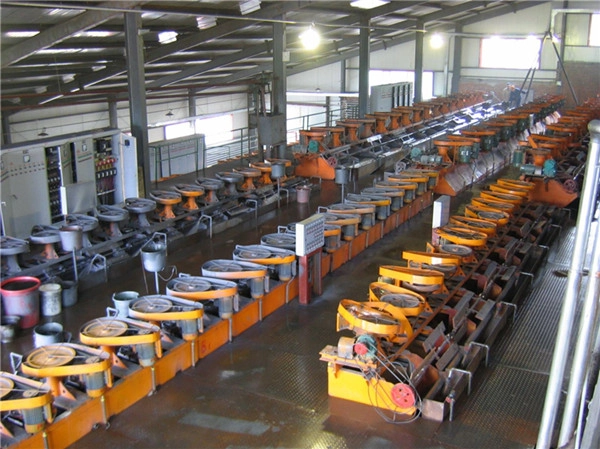

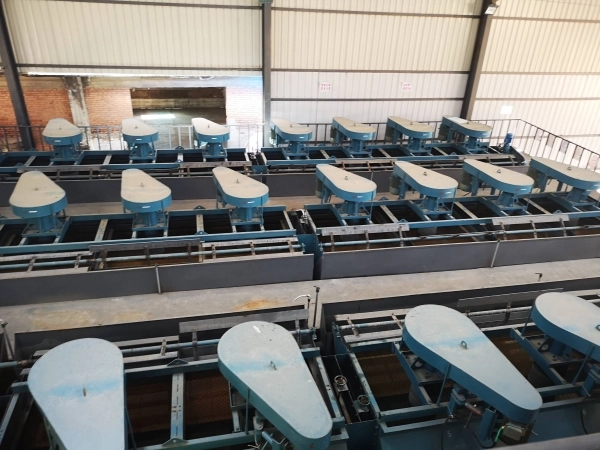
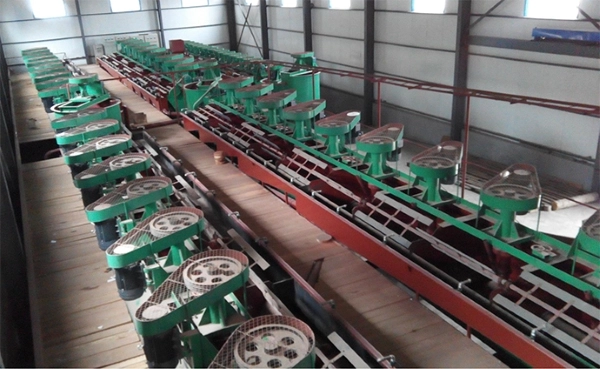


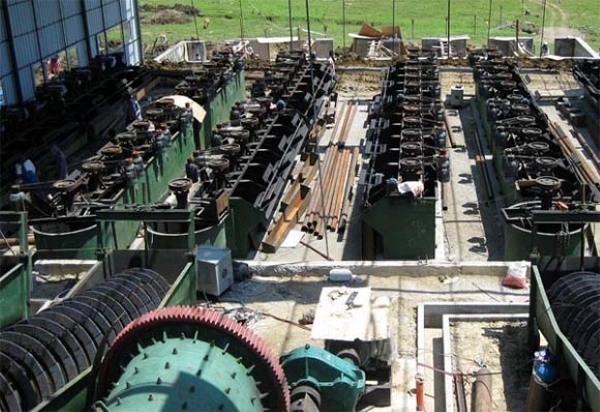



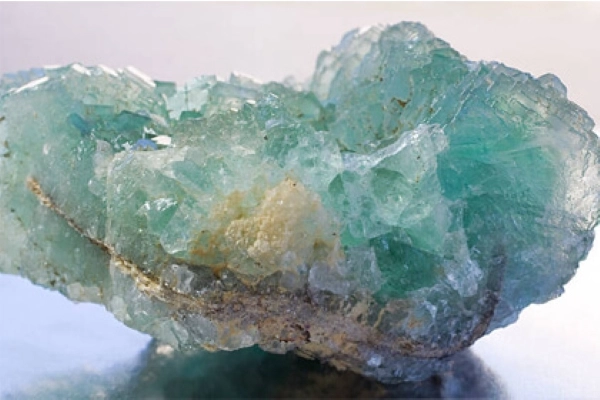

Leave a message with your needs or comments
Add comment: